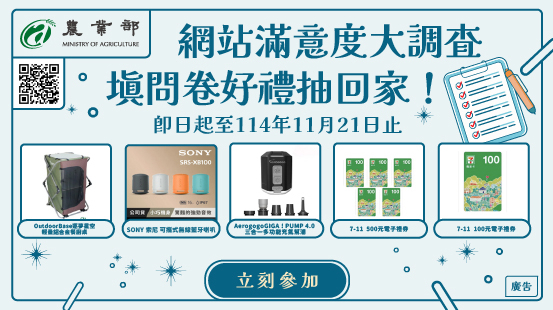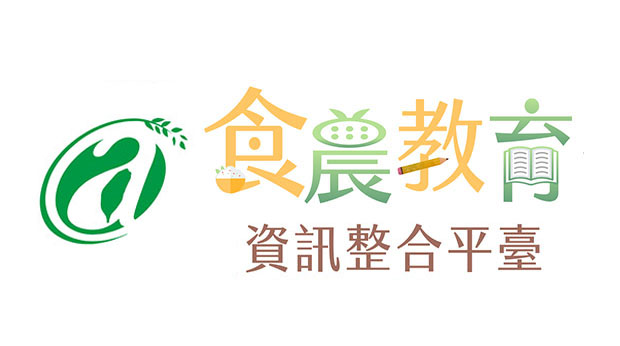花改場--以SPME-GC / MS分析國產與進口啤酒花揮發性化合物之差異--08
參考文獻
1. 龔正一 2021 以價值鏈分析臺灣本土及進口精釀啤酒市場發展比較之研究 臺灣師範大學高階經理人企業管理碩士在職專班學位論文。
2. Almaguer, C., Schönberger, C., Gastl, M., Arendt, E. K., and Becker, T. 2014. Humulus lupulus - a story that
begs to be told. A review. J. Inst. Brew. 120(4):289-314.
3. Agehara, S. 2020. Using supplemental lighting to control flowering of hops in Florida:HS1365, 4/2020. EDIS, 2020(2). Available from https://edis.ifas.ufl.edu/publication/HS1365.
4. Cuadros-Rodríguez, L., Ruiz-Samblás, C., Valverde-Som, L., Pérez-Castaño, E., and González-Casado, A. 2016. Chromatographic fingerprinting:an innovative approach for food “identitation’ and food authentication - a tutorial. Anal. Chim. Acta 909:9-23.
5. Dabbous‐Wach, A., Rodolfi, M., Paolini, J., Costa, J., and Ganino, T. 2021. Characterization of wild corsican hops and assessment of the performances of german hops in corsican environmental conditions through a multidisciplinary approach. Appl. Sci. 11(9):3756.
6. Dietz, C., Cook, D., Huismann, M., Wilson, C., and Ford, R. 2020. The multisensory perception of hop essential oil:a review. J. Inst. Brew. 126(4):320-342.
7. Duarte, L.M., Amorim, T.L., Grazul, R.M., and de Oliveira, M.A.L. 2020. Differentiation of aromatic, bittering and dual-purpose commercial hops from their terpenic profiles:An approach involving batch extraction, GC-MS and multivariate analysis. Food Res. Int. (Ottawa, Ont.) 138(Pt A):109768.
8. Eyres, G., and Dufour, J.P. 2009. Hop essential oil:analysis, chemical composition and odor characteristics. Beer in health and disease prevention 239-254.
9. FAO (Food and Agriculture Organization of the United Nations), 2022. Electronic on-line database. Available from http://www.fao.org.
10. Féchir, M., Weaver, G., Roy, C., and Shellhammer, T. H. 2022. Exploring the regional identity of cascade and mosaic® hops grown at different locations in oregon and washington. J. Am. Soc. Brew. Chem. 1-13.
11. Hakimzadeh, N., Parastar, H., and Fattahi, M. 2014. Combination of multivariate curve resolution and multivariate classification techniques for comprehensive high-performance liquid chromatography-diode array absorbance detection fingerprints analysis of Salvia reuterana extracts. J. Chromatogr. A 1326:63-72. 12. Janish, S. 2021. Dry hop best practices:using science as a guide for process and recipe development. MBAA T.Q. 58(1):59-65. Available from https://www.mbaa.com/publications/tq/tqPastIssues/2021/Pages/TQ-58- 1-0402-01.aspx
13. Jastrombek J.M., Faguerazzi M.M., de Cássio Pierezan H., Rufato L., Sato A.J., da Silva Ricce W., Marques V.V., Leles N.R., Roberto S.R. 2022. Hop:an emerging crop in subtropical areas in brazil. Horticulturae 8(5):393.
14. Kishimoto, T., Kobayashi, M., Yako, N., Iida, A., and Wanikawa, A. 2008. Comparison of 4-mercapto-4- methylpentan-2-one contents in hop cultivars from different growing regions. J. Agric. Food Chem. 56(3):1,051-1,057. 15. Kishimoto, T., Wanikawa, A., Kagami, N., and Kawatsura, K. 2005. Analysis of hop-derived terpenoids in beer and evaluation of their behavior using the stir bar−sorptive extraction method with GC-MS. J. Agric. Food Chem. 53(12):4701-4707.
16. Kubeš, J. 2021. Geography of World Hop Production 1990-2019. J. Am. Soc. Brew. Chem. 80(1):84-91.
17. Liu, Z., Wang, L., and Liu, Y. 2018. Rapid differentiation of Chinese hop varieties (Humulus lupulus) using volatile fingerprinting by HS-SPME-GC-MS combined with multivariate statistical analysis. J. Sci. Food Agric. 98(10):3,758-3,766.
18. Morcol, T.B., Negrin, A., Matthews, P.D., and Kennelly, E.J. 2020. Hop (Humulus lupulus L.) terroir has large effect on a glycosylated green leaf volatile but not on other aroma glycosides. Food Chem. 321:126644.
19. Polatoglu, K. 2013. ’Chemotypes’- a fact that should not be ignored in natural product studies. Nat. Prod. J. 3(1):10-14.
20. Raut, S., vonGersdorff, G.J.E., Münsterer, J., Kammhuber, K., Hensel, O., and Sturm, B. 2021. Influence of pre-drying storage time on essential oil components in dried hops (Humulus lupulus L.). J. Agric. Food Chem. 101(6):2,247-2,255.
21. Rettberg, N., Biendl, M., and Garbe, L.A. 2018. Hop aroma and hoppy beer flavor:chemical backgrounds and analytical tools-a review. J. Am. Soc. Brew. Chem. 76(1):1-20.
22. Rybka, A., Krofta, K., Heřmánek, P., Honzík, I., and Pokorný, J. 2018. Effect of drying temperature on the content and composition of hop oils. Plant Soil Environ. 64(10):512-516.
23. Stashenko, E.E., Martínez, J.R., Ruíz, C.A., Arias, G., Durán, C., Salgar, W., and Cala, M. 2010. Lippia origanoides chemotype differentiation based on essential oil GC-MS and principal component analysis. J. Sep. Sci. 33(1):93-103.
24. Stenerson, K.K. 2018. Headspace SPME-GC/MS analysis of terpenes in hops and cannabis. Merk Analytix Reporter 3:9-12. Available from:https://www.sigmaaldrich.com/PT/en/technicaldocuments/ protocol/analytical-chemistry/solid-phase-microextraction/analysis-terpenes-hops-cannabis.
25. Su, X., and Yin, Y. 2021. Aroma characterization of regional Cascade and Chinook hops (Humulus lupulus L.). Food Chem. 364:130,410.
26. Takoi, K., Tokita, K., Sanekata, A., Usami, Y., Itoga, Y., Koie, K., Matsumoto, I., Nakayama, Y. 2016. Varietal difference of hop-derived flavour compounds in late-hopped/dry-hopped beers. BrewingScience 69:1-7.
27. Turner, S.F., Benedict, C.A., Darby, H., Hoagland, L. A., Simonson, P., Robert Sirrine, J., and Murphy, K. M. 2011. Challenges and opportunities for organic hop production in the United States. Agron. J. 103(6):1,645-1,654.
28. Vollmer, D.M., and Shellhammer, T.H. 2016. Influence of hop oil content and composition on hop aroma intensity in dry-hopped beer. J. Am. Soc. Brew. Chem. 74(4):242-249.
29. Yakima Chief Hops, 2022. Electronic on-line database. Available from https://www.yakimachief.com/
知識樹分類
消費者知識庫 > 農藝類 > 其他特用作物 > 其他特用作物栽培
消費者知識庫 > 農藝類 > 其他特用作物 > 其他特用作物營養與肥培管理
消費者知識庫 > 農藝類 > 其他特用作物 > 其他特用作物-其他
消費者知識庫 > 食品科學類 > 食品科學類-其他
- 草莓與紫蘇栽培技術改進 (第4年/全程4 年)114/06/19
- 鱗翅目昆蟲作為動物性蛋白替代來源的評估 (第1年/全程1年)114/03/13
- 臺東農改場辦理農產加工研習課程 精進農友加工知能與技術113/08/14
- 花改場--以SPME-GC / MS分析國產與進口啤酒花揮發性化合物之差異--07113/03/18
- 花改場--以SPME-GC / MS分析國產與進口啤酒花揮發性化合物之差異--06113/03/18
- 花改場--以SPME-GC / MS分析國產與進口啤酒花揮發性化合物之差異--05113/03/18
- 花改場--以SPME-GC / MS分析國產與進口啤酒花揮發性化合物之差異--04113/03/18
- 花改場--以SPME-GC / MS分析國產與進口啤酒花揮發性化合物之差異--03113/03/18
- 花改場--以SPME-GC / MS分析國產與進口啤酒花揮發性化合物之差異--02113/03/18
- 花改場--以SPME-GC / MS分析國產與進口啤酒花揮發性化合物之差異--01113/03/18








